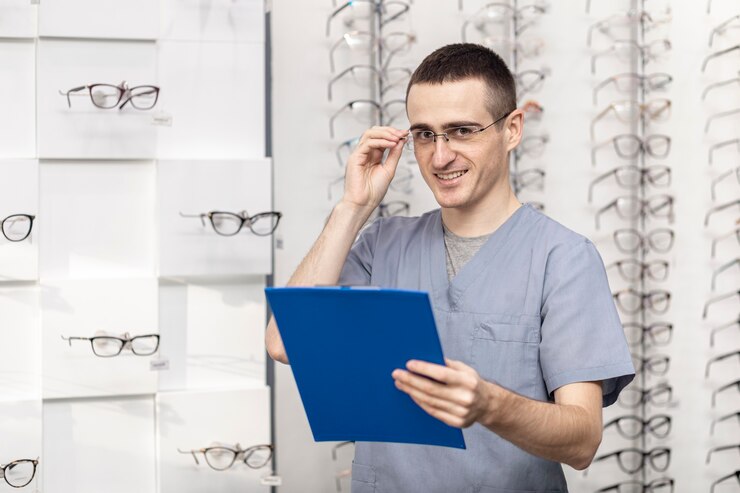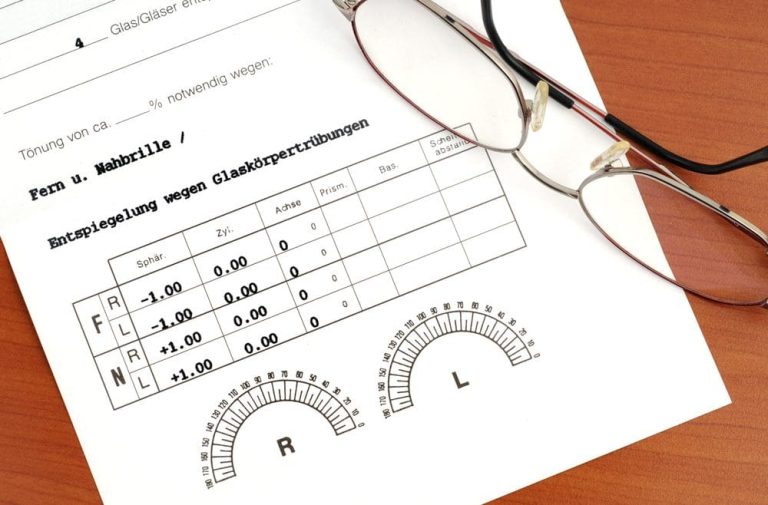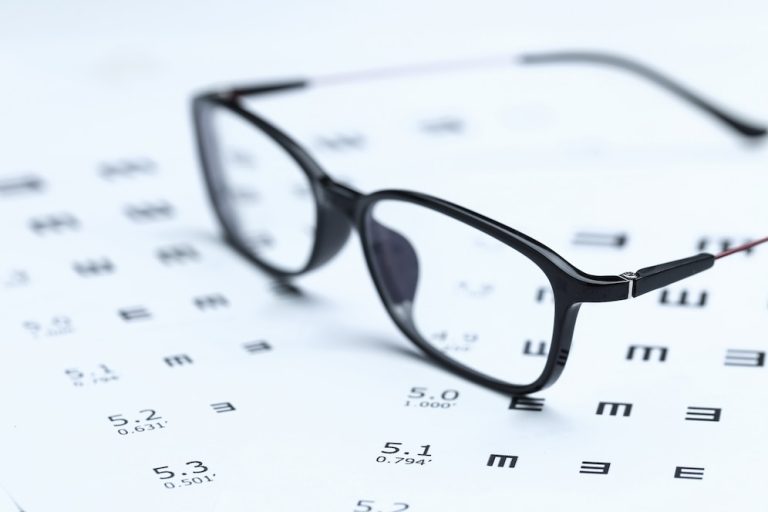Wearable Technology Integration: Smart Glasses And Adaptive Eyewear Prescriptions
Wearable technology has revolutionized various aspects of our lives, from fitness tracking to communication. In the realm of vision correction, smart glasses, and adaptive eyewear represent an innovative approach to providing personalized and convenient solutions for individuals with refractive errors. By integrating advanced technology into traditional eyewear, these devices offer enhanced functionality, customization, and accessibility. This article explores the integration of wearable technology, specifically smart glasses, and adaptive eyewear, with adaptive eyewear prescriptions, highlighting their potential benefits and applications.
Smart Glasses: Redefining Vision Correction
Smart glasses, equipped with embedded sensors, displays, and connectivity features, offer a futuristic approach to vision correction. These devices combine the functionality of traditional eyeglasses with cutting-edge technology, providing wearers with a range of features beyond simple vision correction. Smart glasses can display augmented reality (AR) content, such as navigation directions, notifications, and visual aids, directly in the wearer’s field of view, enhancing situational awareness and productivity.
One of the key benefits of smart glasses is their adaptability to changing environmental conditions and user preferences. Advanced sensors and algorithms allow smart glasses to automatically adjust lens properties, such as tint, focal length, and magnification, in response to ambient light levels, user activity, and visual needs. This dynamic adaptation ensures optimal vision performance in various lighting conditions and activities, reducing eye strain and improving overall comfort.
Moreover, smart glasses can integrate with other wearable devices, such as fitness trackers and smartphones, enabling seamless data exchange and synchronization. Wearers can track their daily activities, monitor their health metrics, and receive real-time feedback directly through their smart glasses, enhancing their overall wellness experience. Additionally, smart glasses can serve as a platform for telemedicine applications, allowing wearers to consult with healthcare professionals and receive remote vision assessments and prescriptions.
Adaptive Eyewear Prescriptions: Customized Solutions for Individual Needs
Traditional eyewear prescriptions provide static corrections for refractive errors, such as nearsightedness, farsightedness, and astigmatism. However, many individuals may experience fluctuations in their vision throughout the day or under different viewing conditions, necessitating adaptive solutions. Adaptive eyewear prescriptions incorporate dynamic adjustments that respond to changes in the wearer’s visual needs, offering personalized and precise corrections in real time.
One approach to adaptive eyewear prescriptions involves the use of liquid crystal lenses, which can change their optical properties in response to an electrical signal. These lenses, also known as electronic or variable-focus lenses, can switch between different refractive powers, allowing wearers to adjust their vision for near, intermediate, and distance tasks with the push of a button or gesture. By eliminating the need for multiple pairs of glasses or manual adjustments, adaptive lenses provide convenience and flexibility for individuals with presbyopia or other vision conditions.
Another innovation in adaptive eyewear prescriptions is the incorporation of wavefront technology, which measures and corrects higher-order aberrations in the eye’s optical system. Wavefront-guided lenses can customize the optical profile of eyeglass lenses based on the unique characteristics of the wearer’s eyes, optimizing visual clarity and reducing glare and halos. These customized corrections enhance visual acuity and contrast sensitivity, particularly in low-light conditions or challenging visual environments.
Integration of Smart Glasses with Adaptive Eyewear Prescriptions
The integration of smart glasses with adaptive eyewear prescriptions represents a convergence of technology and personalized healthcare, offering wearers an unparalleled level of customization and convenience. By combining the dynamic capabilities of smart glasses with the adaptive corrections of electronic lenses or wavefront-guided optics, individuals can enjoy optimal vision performance in any situation.
For example, smart glasses equipped with liquid crystal lenses can dynamically adjust their refractive power based on the wearer’s gaze direction, focal distance, and lighting conditions. Sensors embedded in the smart glasses can continuously monitor the wearer’s eye movements and environmental factors, automatically modulating the lens properties to maintain clear and comfortable vision. Additionally, smart glasses can overlay digital content, such as augmented reality overlays or visual prompts, directly onto the wearer’s field of view, enhancing their situational awareness and productivity.
Furthermore, the integration of telemedicine capabilities into smart glasses allows wearers to receive remote vision assessments and updates to their adaptive eyewear prescriptions in real time. Through teleconsultations with optometrists or ophthalmologists, wearers can discuss their vision needs, undergo diagnostic tests, and receive personalized recommendations for optimizing their visual performance. This seamless integration of healthcare services and wearable technology streamlines the vision correction process, ensuring that wearers receive tailored solutions that meet their individual needs.
Applications and Future Directions
The integration of smart glasses with adaptive eyewear prescriptions has the potential to transform various aspects of vision correction and healthcare delivery. Beyond traditional refractive errors, adaptive eyewear prescriptions can address complex visual conditions, such as presbyopia, keratoconus, and post-operative aberrations, providing customized solutions for individuals with diverse vision needs.
In addition to vision correction, smart glasses with adaptive eyewear prescriptions can support a wide range of applications, including augmented reality experiences, assistive technologies for individuals with visual impairments, and telemedicine platforms for remote healthcare delivery. As wearable technology continues to evolve and become more accessible, the possibilities for enhancing vision care and improving quality of life are limitless.
Conclusion
The integration of smart glasses with adaptive eyewear prescriptions represents a paradigm shift in vision correction, offering wearers personalized, convenient, and versatile solutions for optimizing their visual performance. By combining advanced technology with dynamic adjustments based on the wearer’s individual needs, smart glasses with adaptive eyewear prescriptions provide a holistic approach to vision care that enhances comfort, convenience, and accessibility. As wearable technology continues to advance, the future of vision correction holds exciting possibilities for improving outcomes and enhancing the overall quality of life for individuals with refractive errors and visual impairments.








